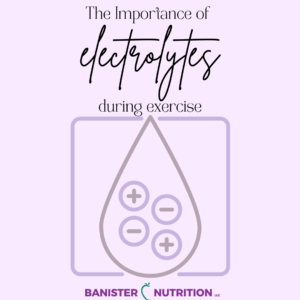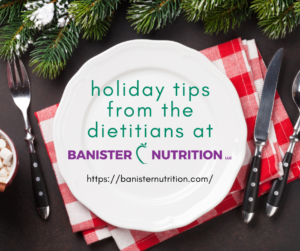Collagen Supplementation and Health – Making the Connection
Collagen is a protein that plays a crucial role in the structure and health of our skin, bones, tendons, ligaments, and other connective tissues. As we age, our body’s natural collagen production decreases, which can lead to various signs of aging and joint stiffness.
Taking collagen supplements has gained popularity in recent years, as people seek to improve the health and appearance of their skin, hair, and nails, as well as support joint health. While there is anecdotal evidence and some studies suggesting potential benefits, the scientific research on the effectiveness of collagen supplementation is still limited, and more rigorous studies are needed to draw definitive conclusions. Additionally, focusing on a balanced diet that includes foods rich in vitamin C, zinc, and protein can support your body’s natural collagen production. Examples of such foods include citrus fruits, berries, leafy greens, nuts, seeds, and lean meats.
That being said, collagen supplements are generally considered safe for most people to consume. They are usually derived from animal sources, such as bovine or marine collagen, but there are also vegan options available. Collagen supplements come in various forms, and their differences lie in their sources, processing methods, and additional ingredients. Here are some common types of collagen supplements and their distinctions:
- Collagen Peptides: Collagen peptides, also known as hydrolyzed collagen, are the most common form of collagen supplements. They are derived from animal sources like bovine (cows), porcine (pigs), or marine (fish) collagen. These supplements undergo a process called hydrolysis, which breaks down the collagen into smaller peptides, making it easier for the body to absorb.
- Type I, II, or III Collagen: Collagen is categorized into different types, with type I, II, and III being the most prevalent in the human body. Type I collagen is found in the skin, tendons, bones, and ligaments, while type II collagen is primarily present in cartilage. Type III collagen provides structural support in muscles, organs, and blood vessels. Some collagen supplements specifically target one type, while others may contain a combination.
- Source: Collagen supplements can be derived from various sources, as mentioned earlier. Bovine collagen is extracted from cows, porcine collagen comes from pigs, and marine collagen is sourced from fish, usually the skin or scales. Each source may have slight differences in amino acid composition and bioavailability.
- Additional Ingredients: Some collagen supplements include additional ingredients to enhance their benefits. These can include vitamins, minerals, antioxidants, hyaluronic acid, or other substances that promote skin health, joint support, or overall wellness. It’s important to check the ingredients list to ensure compatibility with any specific dietary needs or allergies.
- Form: Collagen supplements are available in various forms such as powders, capsules, tablets, gummies, and liquids. Powdered collagen is versatile and can be easily mixed into beverages or added to recipes, while capsules and tablets provide convenience for those who prefer a quick and straightforward intake.
It’s worth noting that the efficacy and benefits of collagen supplements are still a subject of ongoing research. While collagen supplements may have potential benefits, they are not a magical solution for all health concerns. Leading a healthy lifestyle that includes a balanced diet, regular exercise, adequate sleep, and proper skincare is essential for overall well-being and maintaining healthy skin, hair, and joints.
If you are considering taking collagen supplements, it’s always a good idea to consult with a healthcare professional or a registered dietitian who can provide personalized advice based on your specific health needs and goals.






